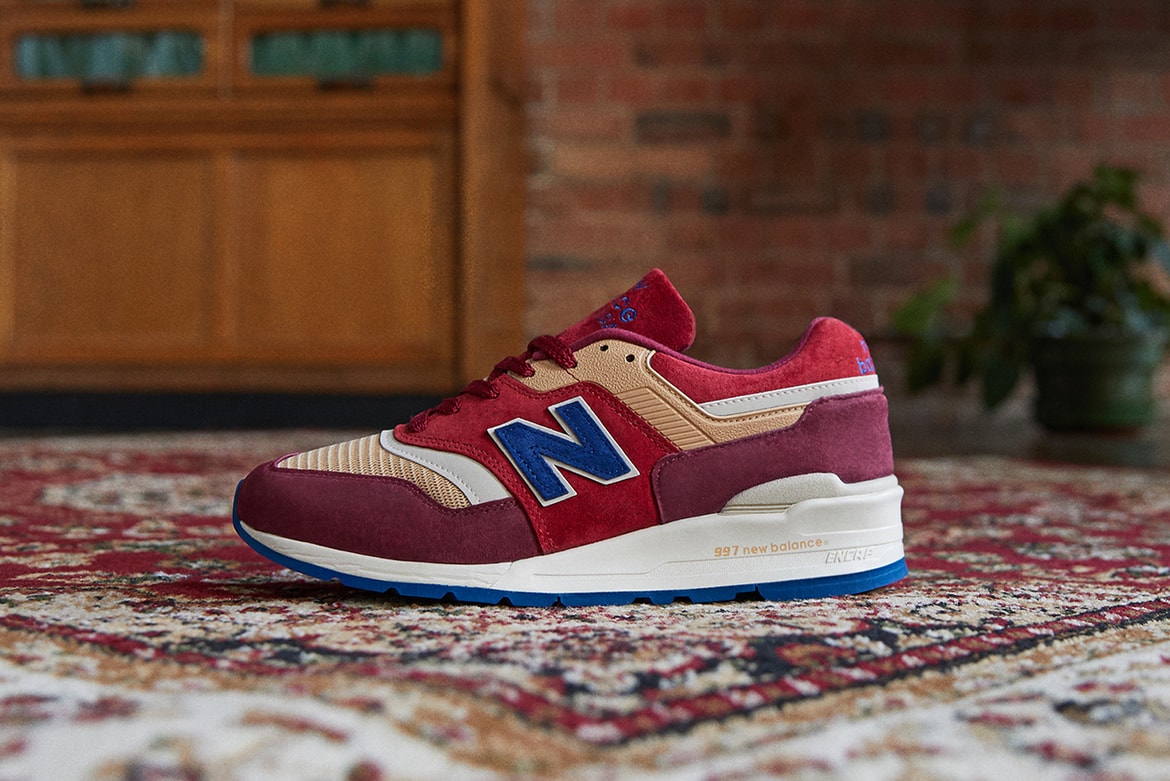The ultimate info about How Persian Rugs Are Made
For this reason,it’s tough to envision that the Mongols or the Seljuks or any conquerors were able to ever fully mark out the ever-evolving art form. Ardabil Carpet. Image through the Victoria and Albert Museum. The dramatic florescence of the Persian Carpet in the Safavid period has actually been identified by historians as the “Carpet Design Revolution.” The increased presence of curvilinear styles would have required a dramatically more complicated weaving system than heretofore seen – cream.
The new style of carpet was so complex that artists needed to be commissioned to paint the design,which would then be passed over to weavers,although it’s somewhat uncertain how the weavers were able to precisely match these images to the end product. Cleaning these rugs is another matter. Naturally Green LA is one of the top choices for Persian Rug Cleaning in the Los Angeles area. But I digress.
The records from this duration are also much more complete so we can get a much better grasp of where and for whom these carpets were made. Shah Abbas,the globally-minded ruler of the Dynasty,sent out a few of his finest carpets to Europe,where they instantly became fashionable. blue. This trade with Europe,specifically with Venice,increased the exposure of the form.
Though carpets affected by the Safavid period continued to be made,nothing would match these masterworks,nor would the area experience quite the same degree of patronage from any subsequent ruler. Image through Pinterest. handmade. Weaving one of these elaborate pile rugs can take anywhere in between months and years – green. Warps and wefts should first be integrated to form the basis of the of the carpet.
Wefts are passed through these rows of knots to secure the pile,then beaten down with a comb to compact the ended up row to the rest of the rug. And if this is hard to comprehend,you and I are absolutely in the exact same boat,however take a look at the video listed below and it should clear a few things up: The design of knot is paramount in determining the style and origin of the carpet.
How Persian Rug Manufacturing Can Save You Time and Money

A Persian knot does not necessarily make the carpet a Persian rug,nor does a Turkish knot make the whole piece Turkish in style. These specialized knots are utilized in many parts of the world and Turkish knots are also used in Persian carpets. The Safavid Empire. Though the modern definition of a Persian rug just implies anything woven in modern-day Iran,the original reach of the Persian Empire would have affected ethnic groups beyond the reach of modern Iran.
These variations are less and less evident,because most nomadic weaving has actually entirely ceased. Each subregion had varying access to the requisite materials. Goat hair,cottons,dyes,colors of wool; all these elements could differ region to area. There is even difference within specific ethnic groups – large. For instance,Kurdish rugs are so diverse in terms of quality and design,it’s tough to make generalizations about any overarching concepts or building and construction approaches.
Image by means of Tripadvisor. colorful. Persian carpets continue to be made in modern-day Iran,however the trade is constantly under fire. Modern,industrial carpets are far cheaper and sanctions on Iran have actually hindered the export of these famous pieces. As in numerous other places worldwide,standard handicrafts are on the decline.
In 2017,Iran exported around $24 million in carpets once the sanctions were raised,however other nations,like Turkey,control the trade. ivory. If you’re beginning to consider getting your own Persian rug,you’ll wish to continue carefully. There are lots of websites offering these charms for a number of grand,but you’ll likely wish to inspect the pieces yourself personally.
Antique dealerships may be the very best bet,since those regional rug stores that always seem to be closing aren’t incredibly trustworthy. Folks hypothesize that these shops’ blowout closing sales are in fact a fraud to move item that is far less valuable than the pricepoint would indicate,much in the very same way that department stores calculate for substantial markups and markdowns – floral.
Persian Rug Manufacturing is Taking Over
Image through Iran Chamber. Unlike Navajo Rugs,the history of the Persian Carpet is far more diffused throughout time and range. Arabesques,medallions,and subtleties in wool color can speak volumes to professionals,however might stump the layman (red). Like a lot of our preferred things,the finding out curve is steep,but the rewards are priceless.

Presenting,a series that carefully examines the history,significance,and creation procedures behind the most remarkable kinds of collectible art and antiques. pink. What makes a Persian carpet so extremely desirable today? Much of a carpet’s rarity and worth pertains to how it was made both the procedure and products used.
Later,throughout the 16th-century Safavid duration when Shah Tahmasp presented carpet production factories at court,carpet making become a more recognized craft and owning carpets turned into a status symbol. Weavers began to include more detailed,formal styles into their work of arts that happened related to Persian rugs.

The thin borders abundant crimson background establishes sophisticated contrast versus the flower concepts present throughout. These same themes are at their most specified at the core of the antique carpet,where they are amplified in regards to size and color. The floral elements overlap and accentuate their private kind,all while sticking out by themselves through the proficient use of vibrant highlighting.
He signed treaties with European countries like Spain and England and brought silk merchants to the then capital city,Isfahan. Later,when the Afghans invaded Iran in 1722,Persian carpet making declined until European need became strong in the late 19th century (green). Typically,experienced carpet weavers utilized top quality silk and dyes to hand make what were considered the most important of Persian rugs.